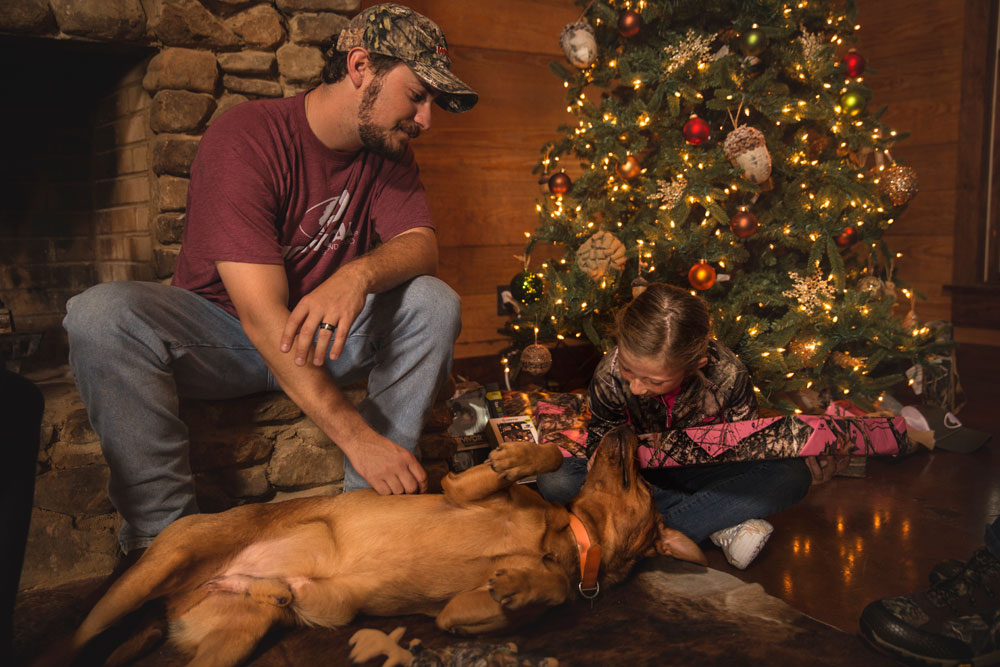Game Trails and Funnel Points

Game trails and funnel points are natural pathways that wildlife, especially large mammals, tend to use regularly. Placing a trail camera along these routes can capture animals as they move from one area to another, providing valuable insights into their behavior and habits.
Water Sources

Water is a universal necessity for wildlife. Placing trail cameras near water sources such as ponds, streams, or watering holes increases the likelihood of capturing a diverse range of species. Animals gather at these locations to drink, bathe, and socialize, offering excellent opportunities for observation.
Food Plots and Feeding Areas

Identifying areas with abundant natural food sources or those enhanced by human activities, such as food plots, can be productive. Trail cameras set up near feeding areas can reveal patterns in animal movement, feeding habits, and interactions, aiding both wildlife enthusiasts and researchers.
Rubs and Scrapes

During the rutting season, deer create rubs on trees and establish scrapes on the ground to communicate with each other. Placing trail cameras near these markings can capture images of specific individuals, helping hunters understand the local deer population and their mating behavior.
Bedding Areas

Locating bedding areas where animals rest or sleep during the day is crucial for understanding their daily routines. Placing trail cameras near bedding sites can reveal the timing and frequency of animal movements, providing valuable information for wildlife researchers and enthusiasts.
Field Edges and Clearings

Property Boundaries and Crossings

Animals often follow natural corridors along property boundaries or use designated crossings like underpasses or culverts. Placing trail cameras at these locations helps monitor the movement of wildlife across different territories, contributing to a broader understanding of their ecological dynamics.




Leave a comment
This site is protected by hCaptcha and the hCaptcha Privacy Policy and Terms of Service apply.